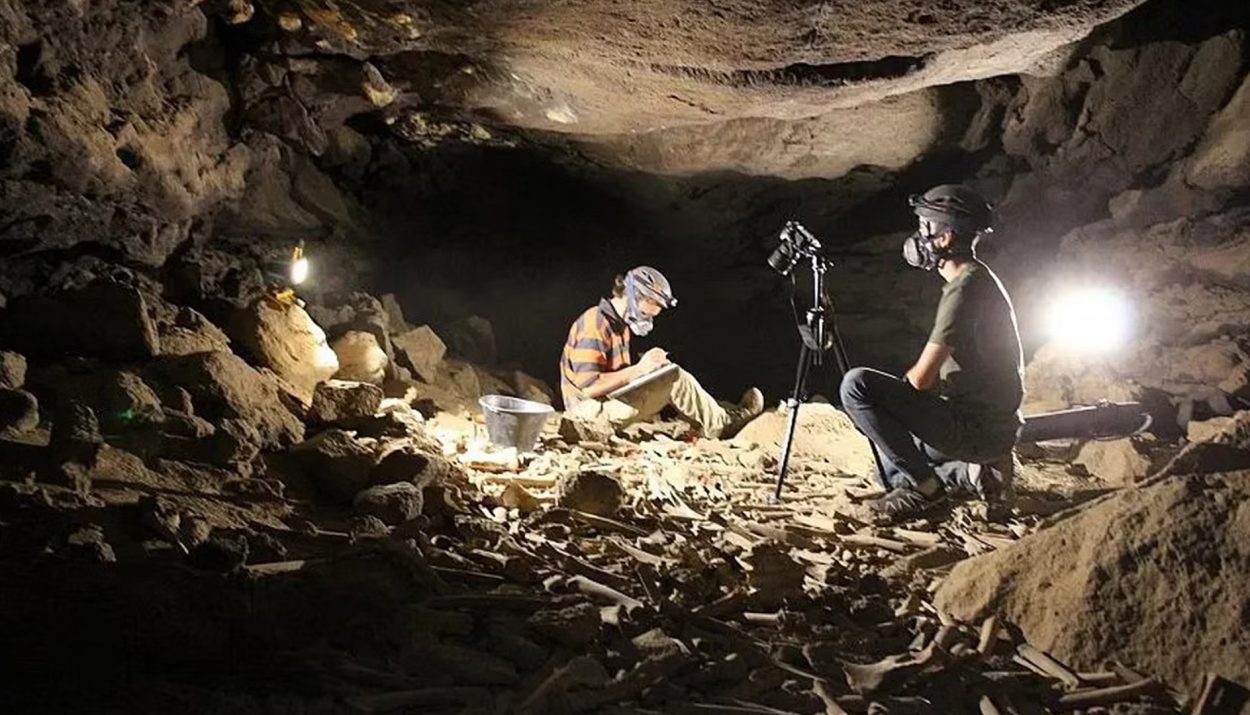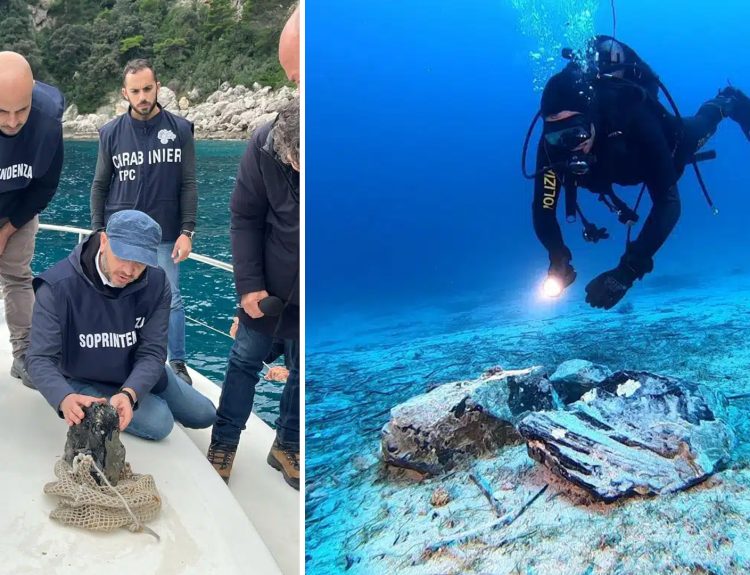The rich and diverse history of ancient Arabia may not only be hiding under the desert sand. It could be found in its dormant volcanoes … or at least the lava tubes they’ve left behind. Archaeologists have only recently explored one of the country’s lava tubes, which has been known to local residents for decades.
What they discovered when they researched this lava tube – the Umm Jirsan cave – is that it provided temporary shelter for humans for more than 7,000 years. It also offers archaeologists a rare chance to examine ancient artifacts that have been destroyed by the desert sun.
The Archaeological Challenges of Saudi Arabia
In the hot, dry desert of Saudi Arabia, Mother Nature works against archaeologists. Organic artifacts are no match for the arid environment. They dry out and become so fragile that they simply disintegrate.
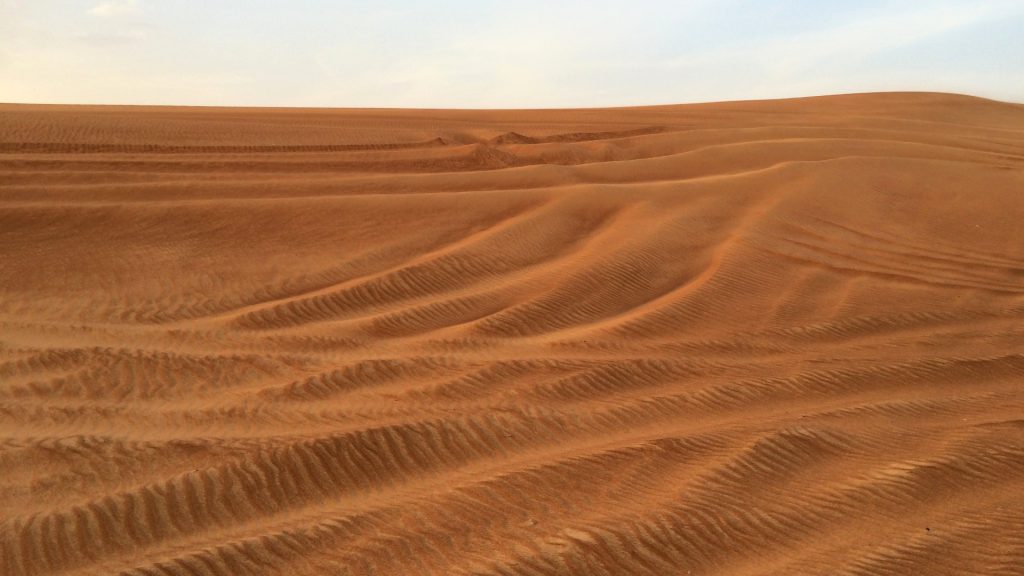
Because of the unique conditions of the Arabian landscape, archaeologists don’t often find ancient artifacts. They have found, however, that there is at least one place in the expansive desert where conditions are just right, and vestiges of the past remain intact … lava tubes!
Saudi Arabia’s Volcanic Past
The news is filled with stories about recent volcanic eruptions in Iceland, Indonesia, Antarctica, and Hawaii, but we never hear about volcanic activity in Saudi Arabia. That’s because the more than 2,000 volcanoes in Saudi Arabia have all been dormant for hundreds, if not thousands, of years.
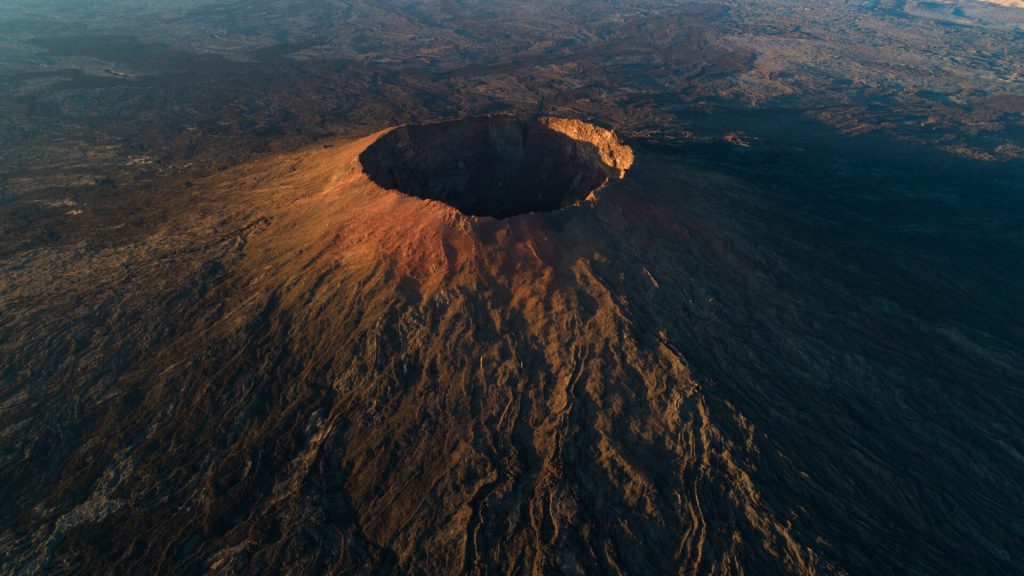
The last documented eruption in Saudi Arabia took place in 1256. It occurred along a fissure in the Harrat Rahat area, north of Medina. This is, not surprisingly, where the Umm Jirsan cave is located.
Umm Jirsan, a Unique Geological Feature
As geologist Abdul Aziz bin Laboun explains, the Umm Jirsan cave is not a cave at all, but a long underground lava tube. Surrounding it are volcanic mountains and ancient craters to speak of the region’s violent volcanic past.
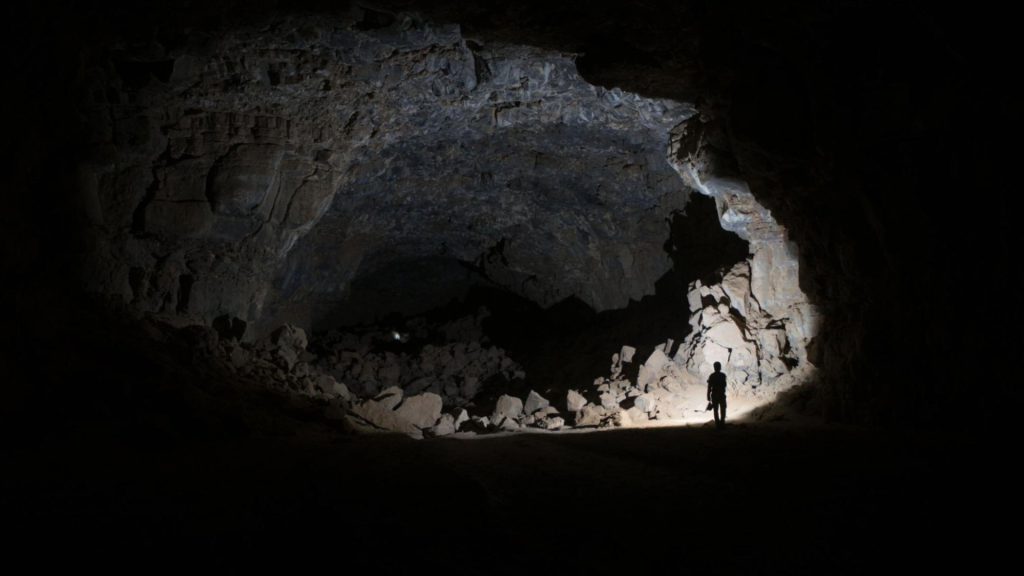
It runs in an east-west direction and has several openings. The tube extends not quite a full mile in length. The Umm Jirsan tube averages about 147 feet in width and has a maximum height of almost 40 feet. This makes Umm Jirsan the longest lava tube system in Saudi Arabia.
Like an Underground Oasis in the Desert
As Bin Laboun stated, the Umm Jirsan lava tube collects rainwater that enters through its many openings. The desert winds bring sand and soil into the cave. Plants and small trees even grow inside it.
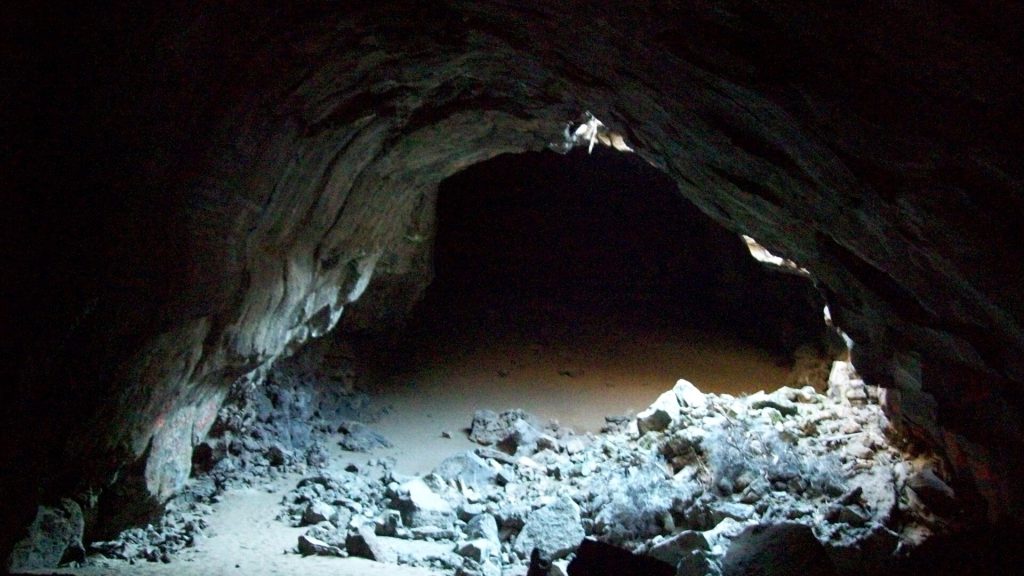
During the summer months, temperatures in the lava tube remain cool. In the wintertime, they are balmy. The lava tube offers pleasant conditions for both animals and humans, as is evident by the ancient artifacts, rock art, tools, bones, and fossils that show that humans spent time in the Umm Jirsan cave as far back as 7,000 years ago.
How Are Lava Tubes Formed?
Lava tubes can be found at locations across the planet. They are formed in the aftermath of volcanic eruptions when molten lava flows downhill. The outer layer of the lava, which is exposed to the air, cools and hardens, forming a pipe-like feature.
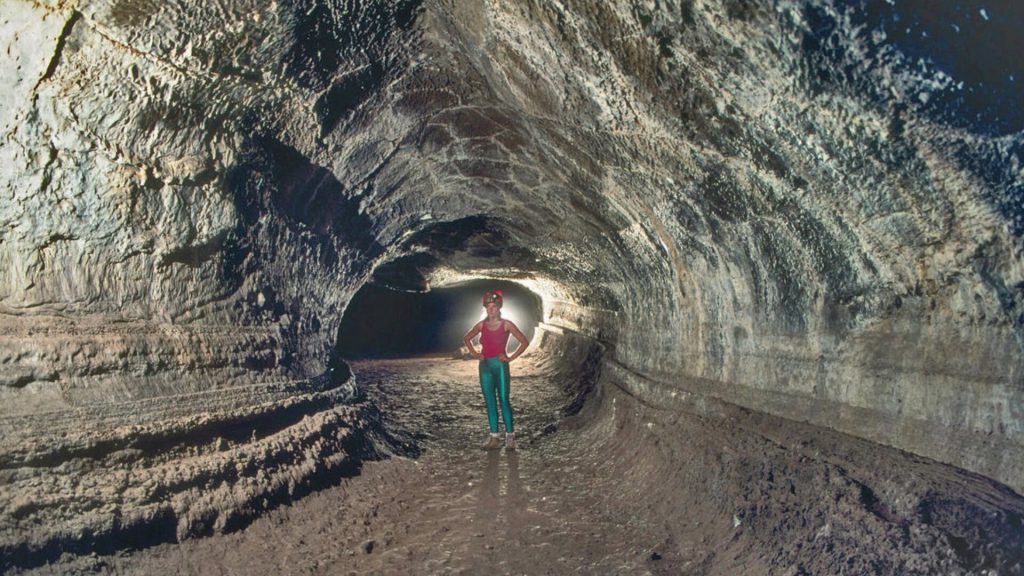
The super-heated lava in the center, however, continues to flow. Eventually, the lava drains from the tubes, leaving behind long, hollow, rocky structures.
Umm Jirsan Had Not Been Properly Investigated
People living near Medina have always known of the existence of Umm Jirsan. It has been listed on the Saudi Geological Survey for decades. But as archaeologist Mathew Stewart noted, “Its recognition as an archaeological site is new.”
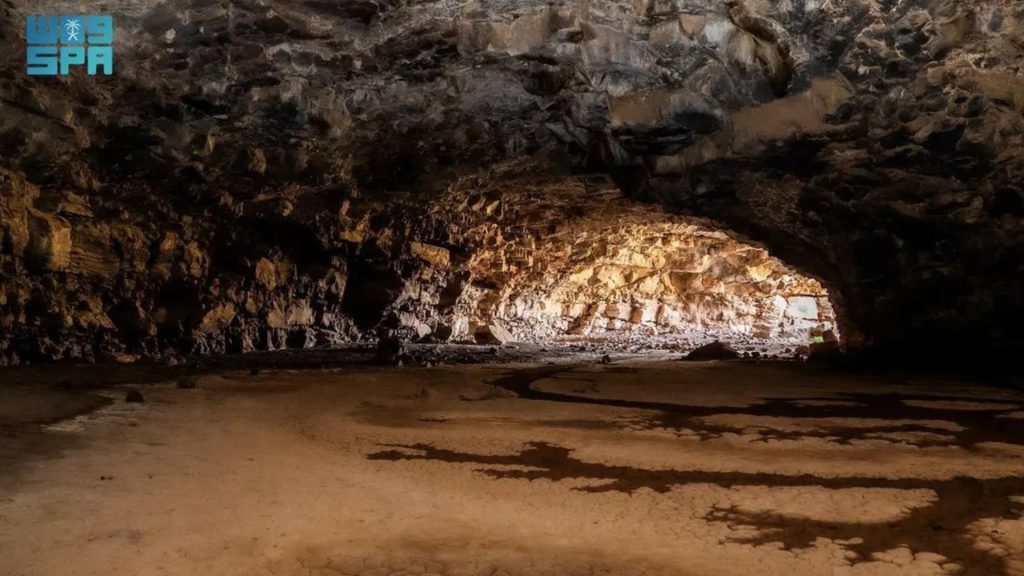
Stewart is the lead researcher and a Research Fellow at Griffith University’s Australian Research Centre for Human Evolution, or ARCHE. Since the lava tube had never been scientifically studied, Stewart and his team set out to investigate it.
“A Wealth of Archaeological Evidence”
When Stewart and his colleagues launched their investigation of the Umm Jirsan lava tube they were pleasantly surprised to find “a wealth of archaeological evidence.” The oldest artifacts they analyzed from the lava tube dated to around 10,000 years ago.

The most recent artifacts, however, were only about 3,500 years old. It seemed to Stewart and the other researchers that the Umm Jirsan lava tube was not continuously inhabited.
A Temporary Stopping Point or Hideaway
According to Stewart, the density of artifacts is fairly low, suggesting that humans didn’t occupy the cave continuously. Instead of serving as a permanent home, Umm Jirsan was most likely a stopping point or temporary hideaway.
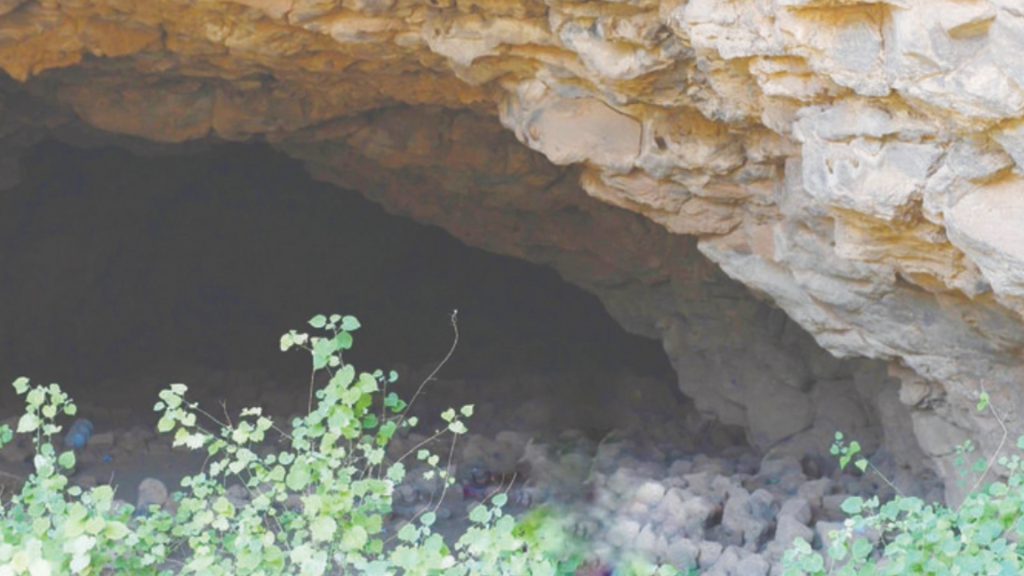
Nomadic people – particularly shepherds – traveling through the brutal desert terrain would have welcomed a respite at the lava tube to escape from the blistering sun and harsh temperatures.
Clues in the Rock Art
The rock art found within the lava tube shows images of dogs, sheep, and cattle. This offers a clue into the lives of the people who frequented the cave.
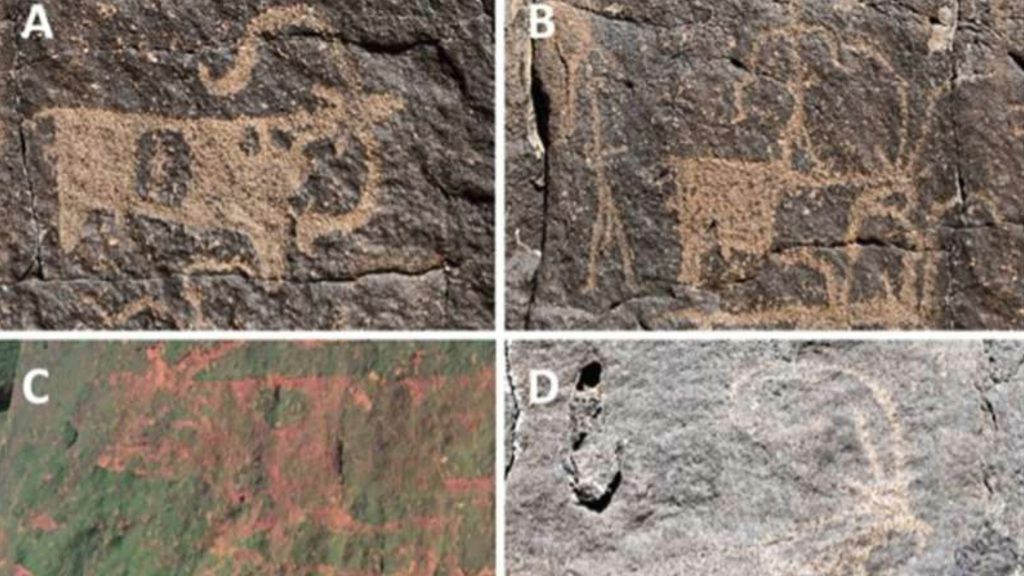
The pastoral scenes and domesticated animals indicate that they were drawn by shepherds rather than hunters. Stewart noted, “We suspect that visitation to the site may have been rather transitory.”
Unraveling the Lives of Desert Shepherds
Stewart added that “people knapped stone tools on site, as well as lit fires and cooked and processed food.” Artifacts left behind from these activities allow the researchers to reconstruct the diets of both the human and animal remains using isotopic analysis.
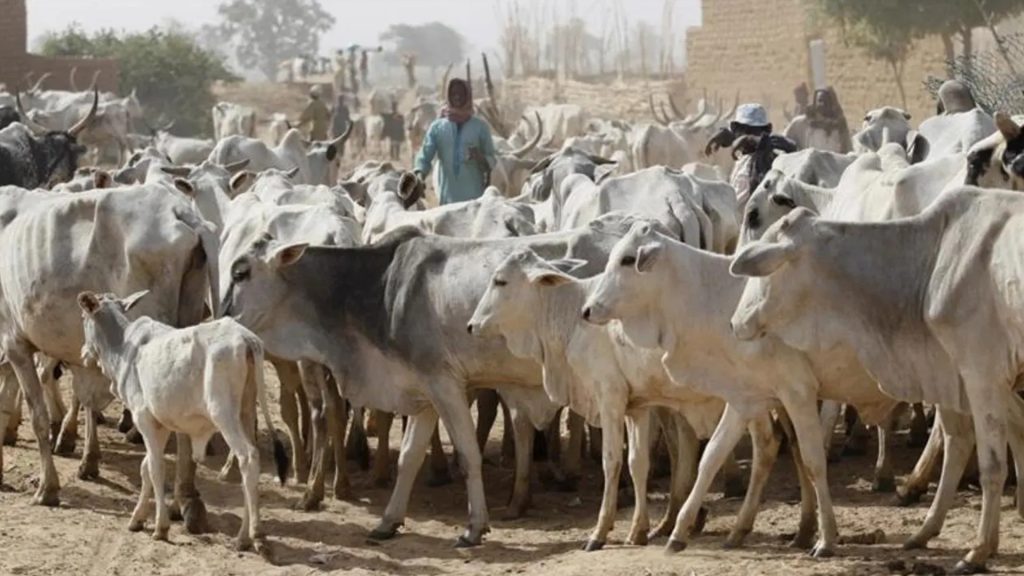
By studying the isotopes, the scientists can learn about the patterns of food consumption, which in turn, tells us about the lives these people lived and how the livestock animals were raised. For example, the study showed that the sheep, goats, and cattle grazed on a diet of wild grasses, indigenous plants, and shrubs.
“A Diet Rich in Protein”
The isotopic analysis of the human remains found in the lava tube tells us that the early humans ate “a diet rich in protein and increased consumption of C3 plants,” Stewart noted. CS plants include rice, soybeans, cowpeas, and other crops that are typically grown in hot, arid climates. These plants are a vital source of calories.

The presence of CS plant isotopes tells the research team that humans engaged in raising domesticated animals but were also shifting toward farming. Isotopic analysis gives scientists a clearer picture of the dietary habits, agricultural practices, and environmental conditions of the past.
“A Unique Window into Arabia’s Ancient Past”
The study of human occupation of lava tubes and the use of isotopic analysis are not new to the field of modern archaeology, but they are new to Saudi Arabia. Professor Michael Petraglia, Director of ARCHE, stated, “While underground localities are globally significant in archaeology, our research represents the first comprehensive study of its kind in Saudi Arabia.”
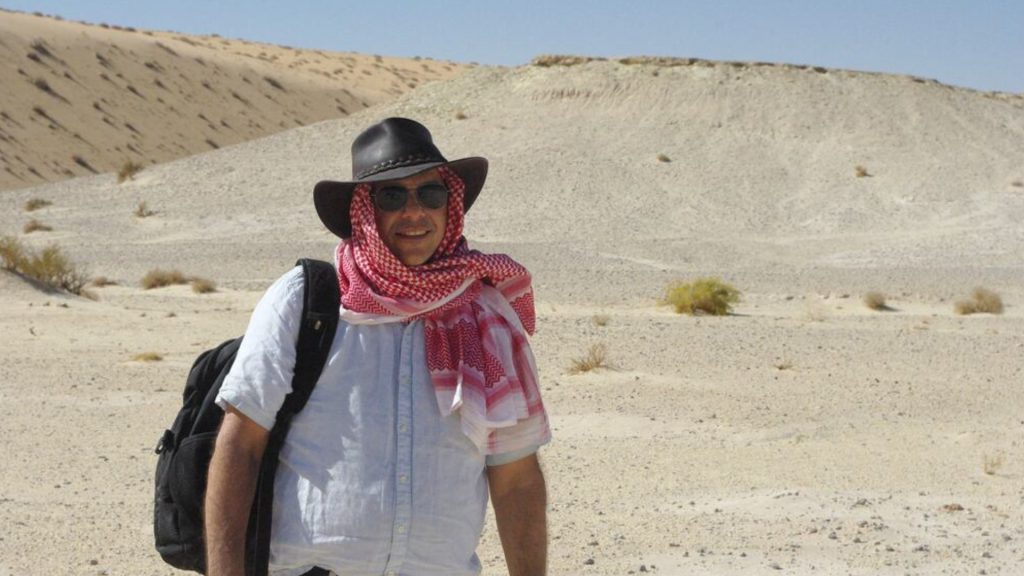
He added, “These findings underscore the immense potential for interdisciplinary investigations in caves and lava tubes, offering a unique window into Arabia’s ancient past.”
Scratching the Surface of Arabia’s Long, Vibrant History
Petraglia noted that Saudi Arabia has been inhabited by humans for thousands of years. Recent archaeological studies are only now scratching the surface of the region’s rich, vibrant history. “The area boasts a rich Neolithic and Bronze Age archaeological record, as evidenced in the thousands of stone structures that can be found dotting the landscape,” he said. “This is, however, the first documented evidence of human occupation of such a site in northern Arabia.”
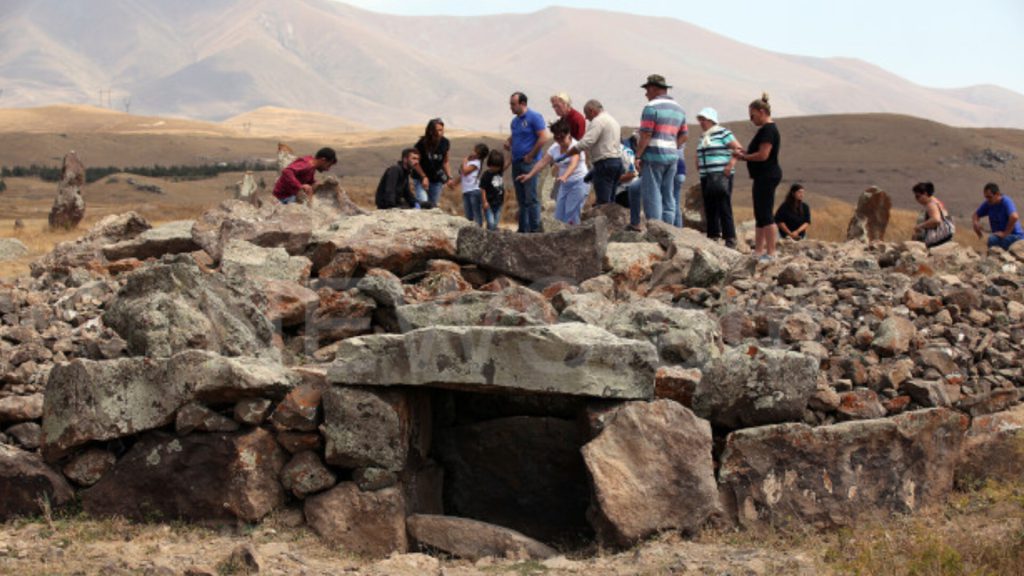
He continued, “It suggests that underground sites were important areas of habitation but ones that have until now been overlooked. These and other cave sites provide huge potential as places where there is good preservation of organic remains such as bone and deeply stratified sediments.”

